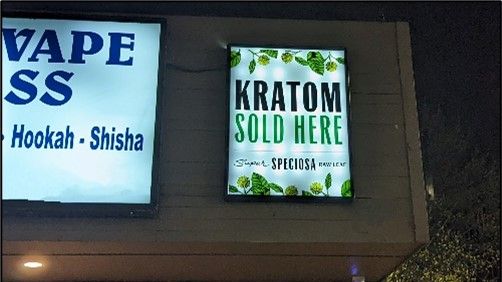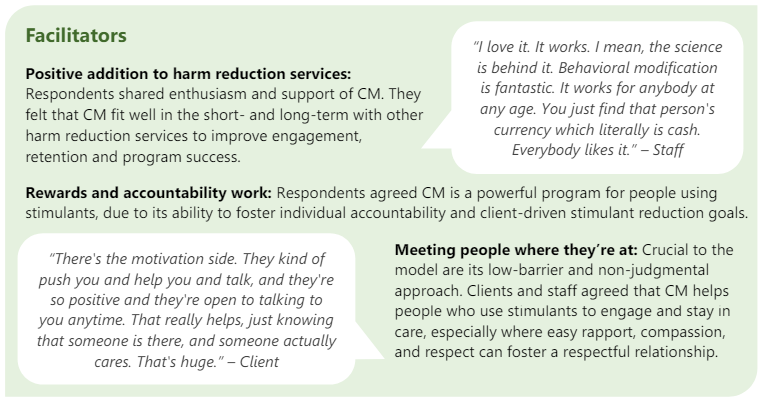Two New Reports from ADAI CEDEER: Kratom and Contingency Management
05/06/2024ADAI’s Center for Community-Engaged Drug Education, Epidemiology, and Research (CEDEER) has two new reports out this week!
Kratom: What do we know about its use, safety, and overdose risk?
Mandy Sladky, MSN, RN, CARN, and Caleb Banta-Green, PhD, MPH, MSW

Kratom is a psychoactive substance made from the leaves of the Mitragyna speciosa tree that is reported to be used, and sometimes advertised, for its potential to relieve pain, increase energy, improve mood, and alleviate opioid withdrawal.
Key points from the report:
- Data and reports from local health care professionals suggest kratom use is relatively low in Washington State, with some cases of kratom dependency.
- Kratom offers potential benefits to relieve pain, improve mood, ease opioid withdrawal, and manage symptoms of other substance use disorders. But its effects and safety profile are not fully understood.
- The number of overdose deaths involving kratom in WA State has increased but remain low. Most of these deaths involve other substances as well.
- Kratom and kratom-containing products have not been approved by the Food and Drug Administration. More research is needed to evaluate its safety and efficacy.
NOTE: This research brief was updated in August 2025 to include information about 7-OH.
Contingency Management for Methamphetamine Use: Qualitative Interviews at Harm Reduction Programs
Teresa Winstead, PhD, MA, Samyukta Singh, MPH, Anthony Floyd, PhD, Caleb Banta-Green, PhD, MPH, MSW

Contingency management (CM) is an evidence-based behavior therapy in which individuals in treatment for substance use disorder are rewarded for evidence of positive behavioral change, such as meeting a treatment goal. CM has traditionally been used in treatment programs to help individuals reduce their stimulant use, but how well could it work in harm reduction settings?
This report describes the benefits and challenges of implementing CM in harm reduction programs from the perspectives of both staff and clients from CEDEER’s health engagement programs.





